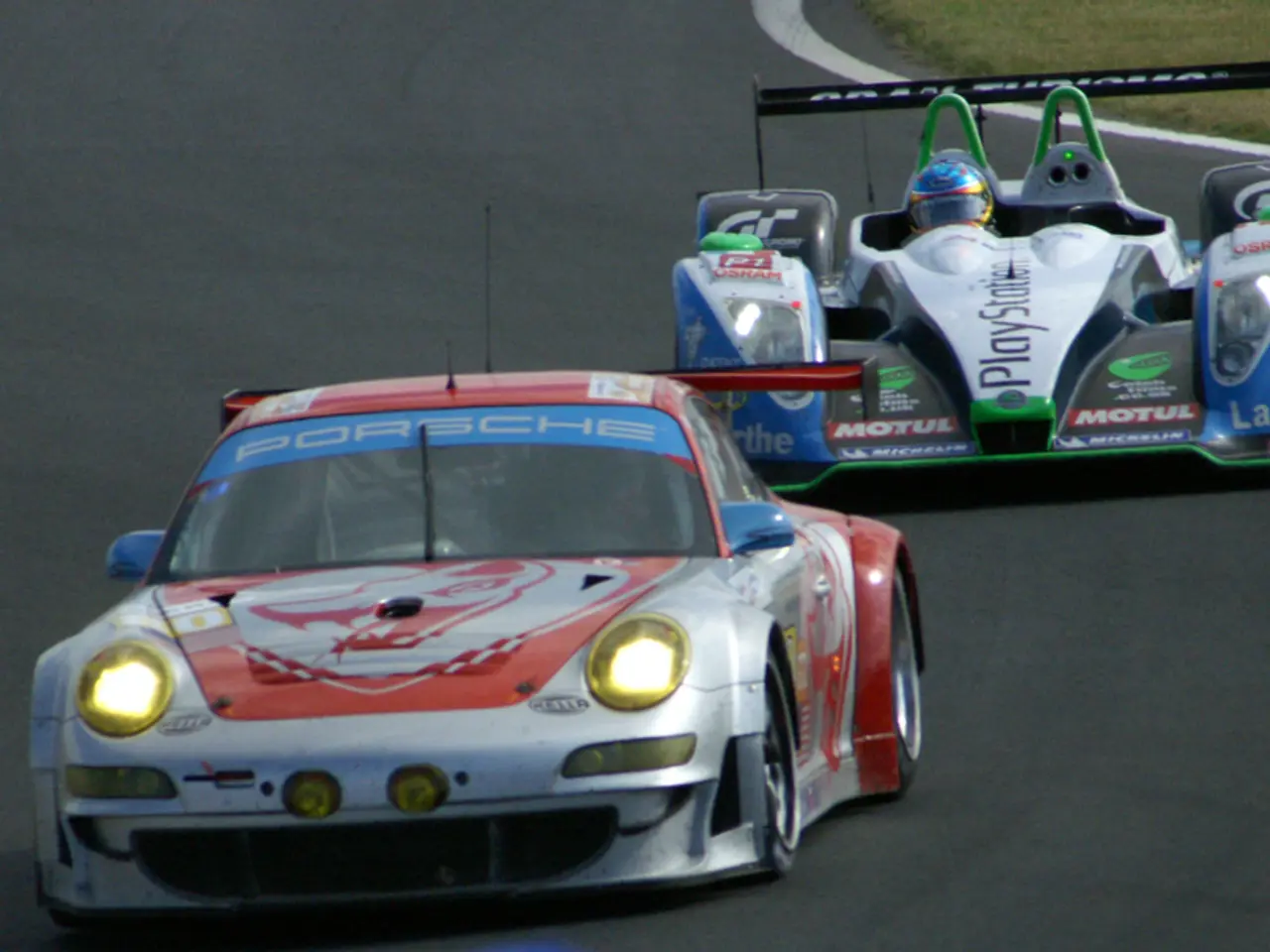Is NASCAR Less Superior Than Formula 1?
====================================================================================================
Formula 1 (F1) and NASCAR, the two premier motorsport series in the world, offer unique experiences that cater to different tastes. While both are undeniably thrilling and showcase the pinnacle of speed, risk, and human skill, they differ in several key aspects.
F1, governed by the FIA (Fédération Internationale de l'Automobile), is the pinnacle of international open-wheel racing. The series features single-seater, high-tech cars racing on a global stage. Each F1 car is a cutting-edge engineering marvel, built by elite manufacturers like Mercedes, Ferrari, Red Bull, and McLaren. In contrast, NASCAR (National Association for Stock Car Auto Racing) is the beating heart of American motorsport. NASCAR cars are stock-style cars that look like production vehicles.
The cars in F1 and NASCAR also differ significantly. F1 cars are open-wheel, purpose-built for high downforce and precise handling with advanced hybrid turbo engines (1.6L turbo hybrid), extensive electronics, and sophisticated suspension systems. NASCAR cars, on the other hand, are closed-body stock cars, simpler in design, with powerful naturally aspirated 5.8L V8 engines, more durable tires, and limited electronics focused on stability and resilience rather than precision.
The tracks on which these series race also differ. F1 races on diverse street circuits and traditional road courses worldwide with complex turns and elevation changes, while NASCAR primarily competes on oval tracks in the U.S., emphasizing high-speed pack racing and drafting.
The strategies employed in F1 and NASCAR also vary. F1 strategy revolves around tire management, pit stops, downforce optimization, and real-time data analysis by engineers during ~90-minute races. NASCAR races are longer (often 3+ hours), with caution flags, restarts, and position-based tactics emphasizing drafting and endurance.
In terms of speed, F1 cars reach higher top speeds (~320 MPH) owing to their aerodynamic design and technological complexity. NASCAR cars typically top out around 250 MPH, focusing more on close racing than outright speed.
The fan experiences offered by F1 and NASCAR also differ. NASCAR promotes accessibility and fan interaction through direct engagement with drivers, fan zones, and cultural traditions typical to American motorsport. F1 markets itself as a global luxury brand, offering exclusivity, digital content like telemetry and esports, and international glamorous events.
NASCAR's close-packed, contact-heavy, endurance races provide unpredictable, resilient battles appealing to fans seeking aggressive, tactical racing. F1’s precise, technology-driven racing emphasizes speed, skill, and innovation appealing to enthusiasts who favor technical mastery and a luxury sports spectacle.
Despite their differences, both F1 and NASCAR continue to captivate audiences worldwide, each offering a unique and thrilling motorsport experience.
[1] Formula 1 vs NASCAR: A Comprehensive Guide
[2] Formula 1 vs NASCAR: The Key Differences
[3] Formula 1 vs NASCAR: A Closer Look
[4] Formula 1 vs NASCAR: The Battle for Supremacy
[5] Formula 1 vs NASCAR: A Comparative Analysis
Technology plays a crucial role in Formula 1, where each car is a sophisticated engineering marvel, equipped with advanced hybrid turbo engines and extensive electronics. On the other hand, opinions regarding the preferences of sports fans differ between Formula 1 and NASCAR, with some advocating for the technology-driven precision of F1, while others appreciate the aggressive, tactical racing and cultural traditions of NASCAR.





